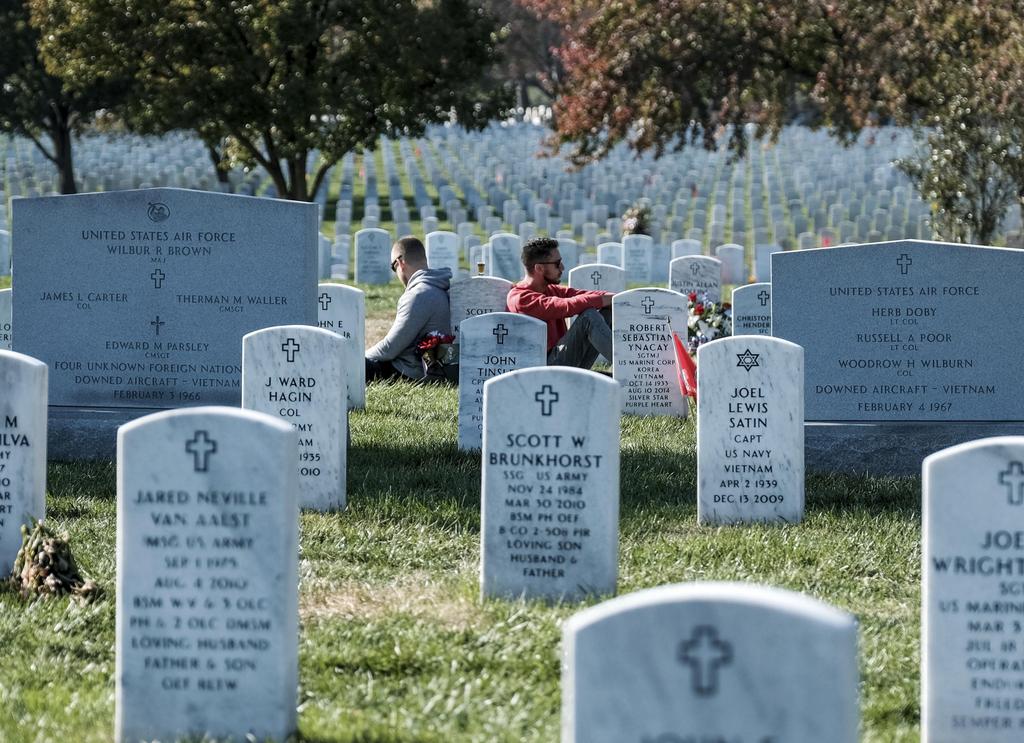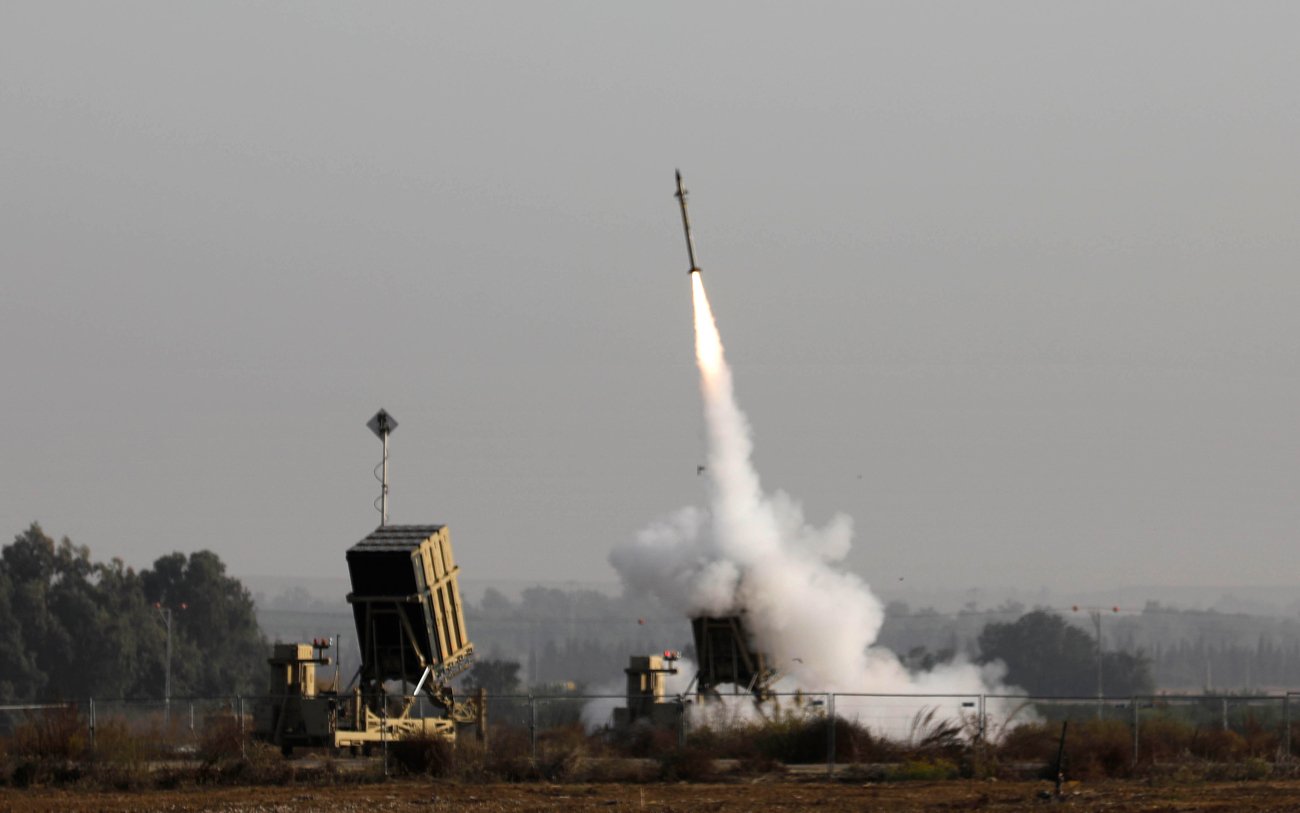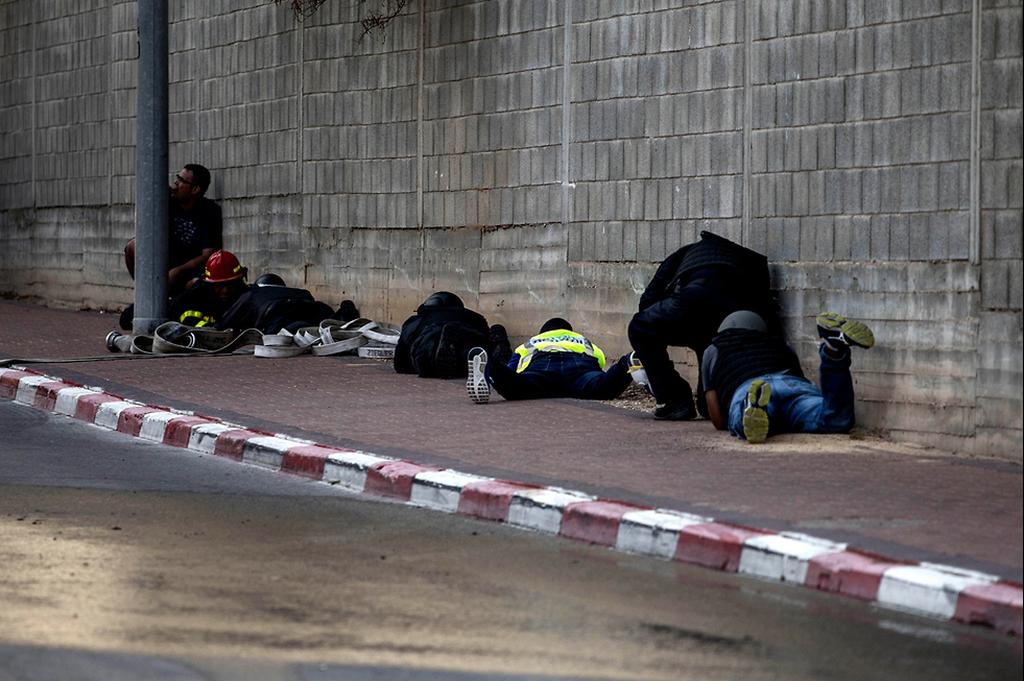In 2009, the Obama administration made the decision to cancel the practice of censoring photographs of servicemen's coffins as they arrived back from Iraq or Afghanistan.
The policy had been put in place 18 years earlier during the First Gulf War to protect national morale but was ultimately criticized for hiding the truth about the war from the American public and by doing so, allowing it to continue.
Military censorship, much like propaganda, is essentially a modern phenomenon. Both are born of an amalgamation of all-out war, where public opinion factors into the home front's resilience, and by extension improving the chance to ultimately win over mass media outlets.
During WWI, many of the fighting nations were quick to set up dedicated censorship authorities responsible for how and when the names of soldiers who were dying each day should be released to the public and how much information should be available as well.
In the 100 years since the complex efforts of censors became more and more difficult as mass media technologies evolved. The American practice of banning publication of any images of these coffins was unusual for its time and has since been scrapped.
Israeli military censorship would not attempt to withhold information regarding deaths of military personnel or civilians from the public, though sometimes the circumstances and even some names are kept secret. This was the case for the IDF’s ill-fated raid in the Gaza Strip last year that resulted in the death of an officer whose identity cannot be revealed even today.
Still, censorship works in Israel when it comes to deaths caused by war: The Iron Dome system and other missile defenses have protected Israeli lives during the flare-ups with Gaza despite hundreds of missiles launched into civilian population centers.
There have been some - but not many - physical injuries, more trauma victims, which is a serious issue not dealt with enough, but rarely were their fatalities.
The Iron Dome missile defense system is a tool of mental censorship. For although it does not hide the fact that there are deaths in war and actually prevents them (and every life saved is important), Iron Dome is still a tool of censorship because it prevents the Israeli public from knowing the cost of war and thereby allowing it to continue.
The cost of the Israeli-Palestinian conflict is high. Generations of Israelis are exposed to physical harm whether they serve in the military or are part of the civilian population live with existential fear.
Israelis are participants in an economy and culture geared at the industry of war and not the pursuit of peace.
The technological asymmetry of the conflict inflicts immense harm to the body, sole, and property of Palestinians living under Israeli occupation, which in turn feeds the violent conflict further.
The fact that the Iron Dome enables mental censorship is not reason enough to scrap this life-saving technology, but while celebrating its achievements, the Israeli public also should consider having a vibrant discussion on the fact that it is hiding the true cost of war.




